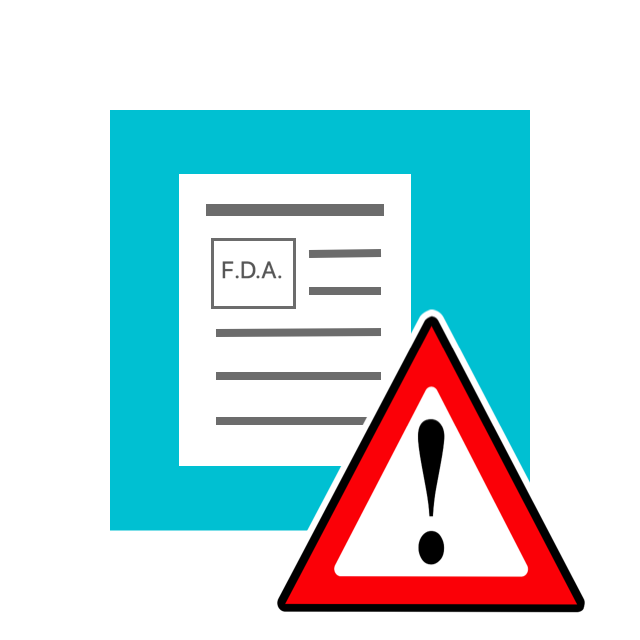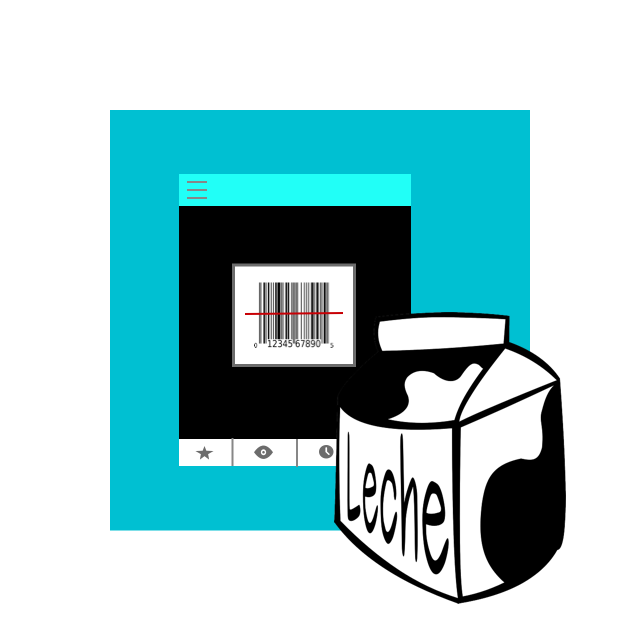
Many people with dietary allergies only experience mild symptoms when exposed to triggering foods. However, some face potentially fatal consequences. A bacterial compound called butyrate that’s made by healthy microbiomes has shown promise against allergic reactions in lab tests.
READ ARTICLE HIDE ARTICLE
By American Chemical Society
August 22, 2022
Scientists report that their “polymeric micelles” are effective against peanut allergies in mice. The treatment could someday counteract many types of food allergies and inflammatory diseases.
Many people with dietary allergies only experience mild symptoms when exposed to triggering foods. However, some face potentially fatal consequences. A bacterial compound called butyrate that’s made by healthy microbiomes has shown promise against allergic reactions in lab tests. The problem is that it’s nasty to take orally. Today, scientists describe a more palatable way to deliver this compound. They also report that their “polymeric micelles” are effective against peanut allergies in mice. Someday the treatment could counteract many types of food allergies and inflammatory diseases.
The scientists will present their results at the fall meeting of the American Chemical Society (ACS). ACS Fall 2022 is a hybrid meeting being held virtually and in-person August 21–25, with on-demand access available on August 26-September 9. The meeting features nearly 11,000 presentations on a wide range of science topics.
Some of the bacteria that make up the gut microbiome produce compounds, such as butyrate, that promote the growth of beneficial bacteria and maintain the lining of the gut. If a person’s microbiome is unhealthy and lacks these butyrate-producing bacteria, fragments of partially digested food can leak out of the gut and trigger an immune reaction that results in an allergic response.
One way to treat those with allergies would be to provide the missing bugs to them orally or with a fecal transplant. However, that hasn’t worked well in the clinic, according to Jeffrey Hubbell, Ph.D., one of the project’s principal investigators (PIs). “So we thought, why don’t we just deliver the metabolites — like butyrate — that a healthy microbiome produces?”
“But butyrate has a very bad smell, like dog poop and rancid butter, and it also tastes bad, so people wouldn’t want to swallow it,” says Shijie Cao, Ph.D., who is presenting the results at the meeting for the team, which is at the University of Chicago. And even if people could manage to choke it down, butyrate would be digested before reaching its destination in the lower gut.
To overcome these challenges, the scientists, including co-PI Cathryn Nagler, Ph.D., and Ruyi Wang, Ph.D., designed a new delivery system. They polymerized butanoyloxyethyl methacrylamide — which has a butyrate group as a side chain — with methacrylic acid or hydroxypropyl methacrylamide. The resulting polymers self-assembled into aggregates, or polymeric micelles, that tucked the butyrate side chains in their core, thus cloaking the compound’s foul taste and smell.
The researchers administered these micelles to the digestive systems of mice that were lacking either healthy gut bacteria or a properly functioning gut lining. After digestive juices released the butyrate in the lower intestine, the inert polymers were eliminated in the feces. The treatment restored the gut’s protective barrier and microbiome, in part by increasing the production of peptides that kill off harmful bacteria, which made room for helpful butyrate-producing bacteria.
Most importantly, dosing allergic mice with the micelles was shown to prevent a life-threatening anaphylactic response when they were exposed to peanuts. “This type of therapy is not antigen specific,” Cao notes. “So theoretically, it can be broadly applied to any food allergies through the modulation of gut health.”
Next up are trials in larger animals, followed by clinical trials. If those trials succeed and the U.S. Food and Drug Administration (FDA) approves the oral treatment, the micelles could be marketed in small packets; consumers would tear open a packet and stir the contents into a glass of water or juice. In other work with the micelles, the research team is analyzing data on treating inflammatory bowel diseases with the oral therapy.
The scientists are also investigating administration via injection. The researchers have shown that this method allows the micelles and their butyrate cargo to accumulate in lymph nodes, which are part of the immune system. They found that this approach is effective in treating peanut allergies in mice, but it could also be used to suppress immune activation locally — rather than throughout the body. For instance, injections could be helpful in patients who have had an organ transplant or who have a localized autoimmune and inflammatory condition, such as rheumatoid arthritis.
The researchers acknowledge support and funding from their start-up company, ClostraBio, and the University of Chicago.
Title
Microbial metabolite butyrate-prodrug polymeric micelles promote gut health and treat food allergies
Abstract
The gut microbiome has myriad effects on both mucosal and systemic health. Resident commensal bacteria play a critical role in the maintenance of mucosal homeostasis, in part through their production of short-chain fatty acids, especially butyrate. Although butyrate is known to play important roles in regulating gut immunity and maintaining epithelial barrier function, its clinical translation is challenging due to its offensive odor and quick absorption in the upper gastrointestinal tract. Here, we designed two block copolymers that contain a high content of butyrate and self-assemble into water-suspendible micelles. These two copolymers consist of a hydrophilic block, poly(N-(2-hydroxypropyl) methacrylamide) or poly(methacrylic acid), with a hydrophobic block, poly(N-(2-butanoyloxyethyl) methacrylamide), thus connecting a backbone sidechain to butyrate with an ester bond. These two copolymers form micelles with either a neutral charge (NtL-ButM) or a negative charge (Neg-ButM). Each micelle releases butyrate from their polymeric core in the ileum or the cecum, respectively, after intragastric administration to mice. These polymer formulations mask the foul smell and taste of butyrate and act as carriers to release the active ingredient (butyrate) over time as the micelles transit the GI tract. Treatment with NtL-ButM in germ-free (and thus butyrate-depleted) mice up-regulated genes expressing antimicrobial peptides in the ileal epithelium. We show that these butyrate-containing micelles, used in combination, restored a barrier-protective response in mice treated with either antibiotics or dextran sodium sulfate (DSS), a chemical perturbant that induces epithelial barrier dysfunction. Twice daily intragastric administration of our butyrate-prodrug micelles ameliorates an anaphylactic response to peanut challenge in a mouse model of peanut allergy and increases the abundance of bacteria in a cluster (Clostridium Cluster XIVa) known to contain butyrate-producing taxa. By restoring microbial and mucosal homeostasis, these butyrate-prodrug polymeric micelles may function as a new, antigen-agnostic approach to the treatment of food allergy.
Learn More from SciTech Daily





